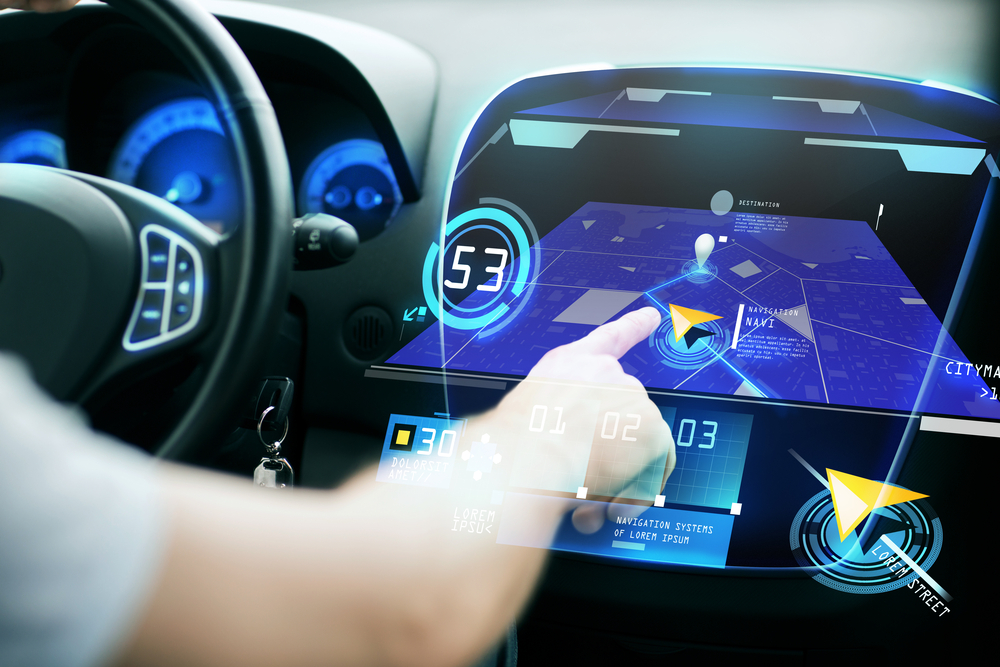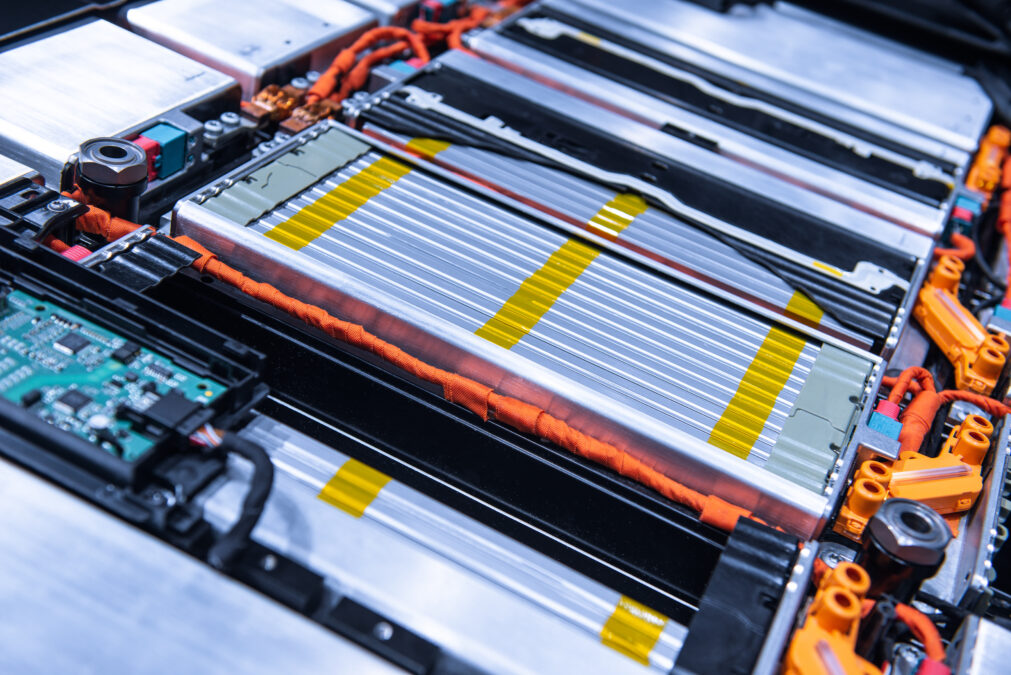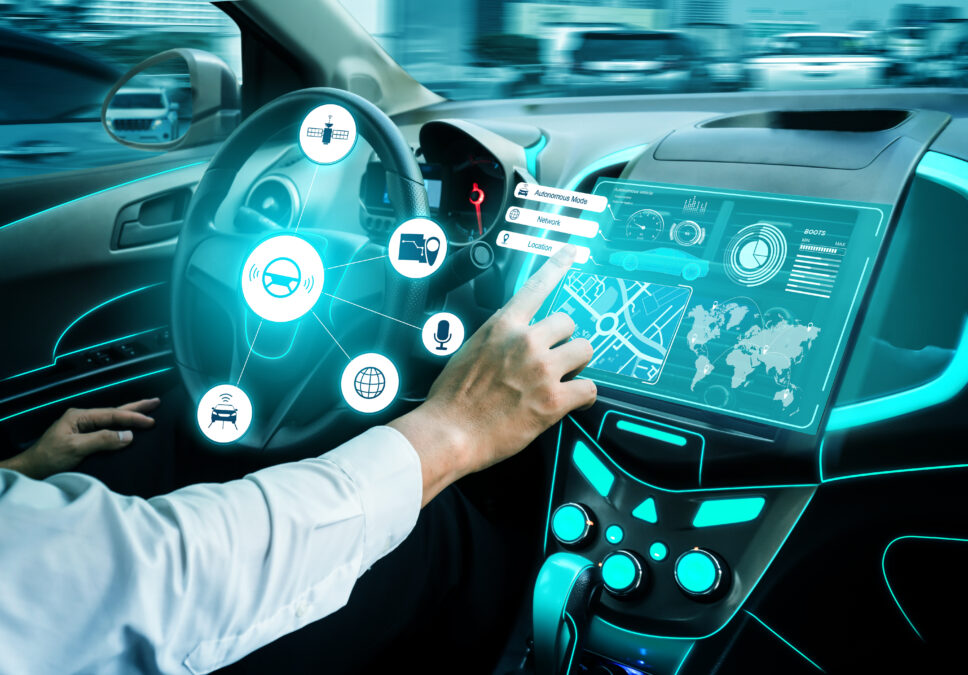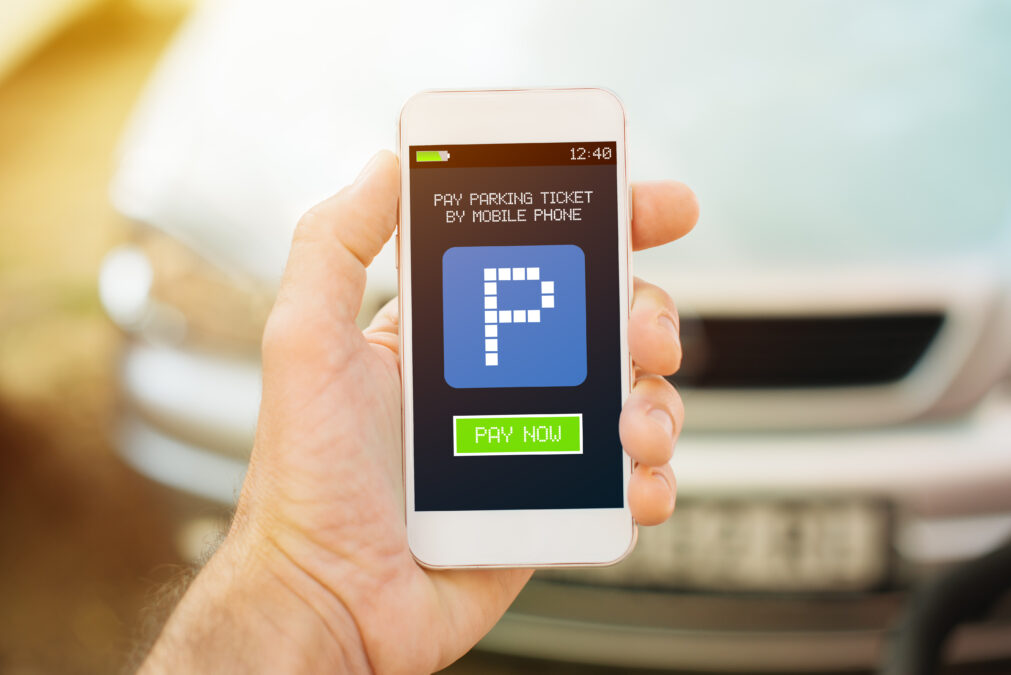The automotive industry is undergoing radical transformation, with an increasing consumer appetite for ‘connected cars’ and a more interactive driving experience. Emphasis is being taken away from what’s under the bonnet towards the breadth of technology and software in the driving environment.
Taking the Internet of Things on the road
Facilitating this trend is ‘The Internet of Things’ which promises to revolutionise our lives with innovations such as connected fridges and smartphone-enabled home lighting.
This is having a knock-on effect on the automotive industry; which is set to benefit from the same technology to help tackle gridlock issues, reduce insurance premiums and encourage a safer, more enjoyable driving experience.
These developments delve deep into the automotive experience to include predictive car maintenance and predictive power for assistance systems. Such advancements will become invaluable to drivers in lowering costs and allowing them to manage their time more effectively.
The Internet of Things will also enable cars to intelligently communicate not only with their drivers, but other vehicles on the road and the wider urban environment. This could be used to gain a detailed view of traffic, establish a baseline for congestion and create more meaningful metrics for route planning.
> See also: How the future of cars will be secured from the cloud
As a result, manufacturers are entering unchartered territory. They’re introducing disruptive technology into the manufacturing process, and turning to data science and software techniques to manage and utilise the reams of information that these new connected car features are generating.
Autonomous driving
In this connected age, drivers are finding themselves increasingly removed from the steering wheel, and into an environment more akin to travelling by private jet. Current adaptive cruise control systems could add self-steering in the near future, allowing drivers to relinquish immediate control in slow traffic and on long, straight sections of motorway.
This might sound a little hedonistic, but relieving individuals of fully engaging-driving duties would free up their time to check emails or even hold a meeting with other passengers in the car.
Enhancing the driving experience
Manufacturers are also starting to make headway in transforming their vehicles with connected services. Mercedes-Benz for instance, has just launched its ‘Mercedes me’ connected car app, created on Pivotal’s cloud native platform.
This app was designed to give drivers information about their car’s status – from the tyre pressure and brake fluid, to remaining petrol and distance travelled.
One complexity involved in furthering this progress across the industry lies in being able to read this information in real-time, interpret it and relay it back to the car to improve the immediate driving experience.
Manufacturers must therefore be able to make sense of the data streaming from the car. Currently, the standard rate of reception is 140 data channels per second, and this will only increase as the technology advances (Formula One cars, for example, already generate 2,500 data channels per millisecond).
Elsewhere, manufacturers are putting processes in place to ensure one data point can be read every second. This may sound primitive, but of course, there are millions of cars streaming this data back to the manufacturer at any one time.
The model is designed to learn what the driver is doing, what the traffic looks like, and build predictions around this insight so the driver can be messaged and the driving performance further improved.
Automotive innovations stretch far beyond making the driving experience more enjoyable for the driver, however. Even the way that manufacturers sell their products is undergoing a revolution as a result of the far-reaching disruption transforming the industry, as they look to overcome traditional direct sales restrictions.
For example, Tesla Motors recently announced that it is operating a referral program offering new buyers $1,000 towards a car, services or accessories when they use a referral link from a previous buyer.
Tesla has taken this route in response to the costs involved in selling a car through its own stores (around $2,000). By encouraging customer recommendations, fewer new stores are required to open in the future.
Addressing urban congestion
The OECD states that since 1990, international efforts to introduce cleaner vehicles have been offset by growth in vehicle numbers and the increased scale of their use, while road traffic is expected to increase further.
As traffic volumes in cities around the world grow, the challenge of tracking and controlling car movements in a more detailed and intelligent way to beat the traffic and pollution issues becomes more significant.
Real-time information on traffic, including automotive sensors and crowd-sourced data feeds are becoming increasingly useful. These can identify and track patterns in instances from traffic flow and can even intelligently predict when and where incidents may occur, based on previous breakdowns and collisions and the impact of road surface damage.
To use this data effectively and retrieve valuable information however, intelligent methods for analysing and predicting traffic are needed. Take a traffic disruption model that can predict the duration of recent incidents, for instance – that can learn the congestion patterns of a major city.
Operators would need to do a deep analysis of the traffic light data involved, to track patterns in signal timings and use these to manipulate traffic flow. This type of data may have previously been collected and either overlooked or even disposed of, but it is now playing a critical role in outlining how cities’ traffic flow might look in the future.
Big data analytics are the key to automated predictive car maintenance
Speaking at EMC World 2015, Dirk Ruger, head of business after-sale analytics and digital processes at BMW, listed big data analytics as a vital element of future customer engagement.
'We now use big data and predictive analytics as we wanted to learn more about what our customers like and what they expect from us for the future. The processing of this data lets us manage our business more accurately,' he said.
'The primary goal at the moment is predictive maintenance, being able to detect defects at the earliest stage. We have to find the right correlation patterns for all our forward memories and incoming data to predict upcoming malfunctions and their consequences.'
'The most important challenge is syncing development cycles, getting our car and IT development teams in sync. Cars take years to develop, but IT can now come with monthly, or even daily, development cycles. This means that integrating digital development from IT into cars is tough.'
> See also: How driverless cars will turn vehicle insurance on its head
'We use the data analytics components from IT in our back end. This means that when we implement analytics algorithms into our cars we can enrich the data when it gets to our back-end systems,' he said.
A change in focus
The reality of a connected automotive industry is already upon us; but there’s still work to be done before it can be called truly autonomous. There is a huge appetite for connected driving experiences from the industry, analysts and consumers alike, and as a result, car manufacturers are now becoming increasingly software companies as they drive these innovations.
Without the ability to collect real-time data and analytics on a grand scale however, the industry will not achieve its goal of total automation.
Sourced from Chris Mills, CTO EMEA, Pivotal







